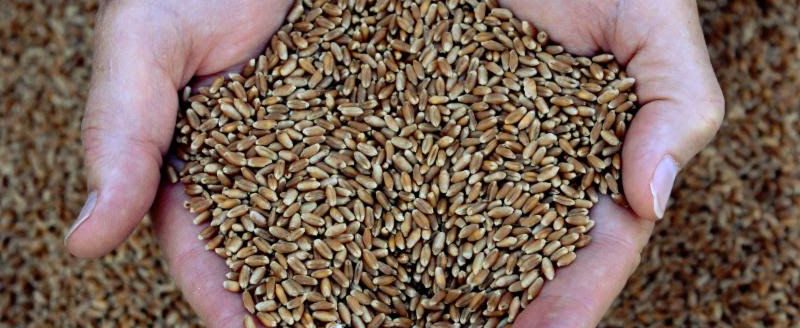Wheat planted last year may not have germinated because of the lack of moisture. The most recent ice storm may have changed all that.
Brett Carver is a wheat breeder with Oklahoma State University in Stillwater.
“We have research in several parts of the state where the seed is still sitting there in the ground,” Carver said. “My expectation at this point is we really need that seed to be germinated before the vernalization period starts. The vernalization period guarantees that the plant will turn reproductive and we have to have vernalization for that to happen. We have to have the plant turn reproductive to produce grain. I don’t know that we have to have those requirements met to have that happen between now and the time when it really needs to start flowering.”
If the seed gets a sudden infusion of moisture late in the growing season and begins to germinate, the resulting root and plant structure may not be developed well enough to support strong growth. Vernalization is when the seed is exposed to cold temperatures for a prolonged period. Vernalization will activate the reproductive process but may be limited by the lateness of germination. In architectural terms, it’s like building a house on a weak foundation. For the wheat plant, a shallow weak root system may not develop deeply enough into the soil profile to utilize all available moisture. From this point forward moisture demands in the plant will continue to increase as a more rapidly developing plant reaches maturity. Above ground the leaves and tillers may not fully develop for lack of moisture. The end result can be a smaller head and with fewer and/or smaller kernels.
“I wouldn’t say we’re out of the drought woods yet,” Carver said. “There are certain areas of the state, many parts of the state that need more moisture than what we’ve received through this last system and hopefully that’s coming because we’re entering a very important stage of the crop where it changes over from a vegetative state to a reproductive state. That requires a lot of energy and energy requires water input and right now we’re limited on that. These are yield-forming stages in the wheat crop and those yield-forming stages require inputs and water is right there at the top. We’ll take it frozen, not frozen, it doesn’t really matter as long as it enters the soil profile.”
Oklahoma wheat is typically planted sometime between late August and late October, depending on which part of the state you’re in. The seeds then “winter” (the aforementioned vernalization period) from approximately November to March and are harvested sometime between May and June. It’s that middle stage where a lot of the work is done. The seed projects a root system deep into the soil and a leaf and tiller structure above ground, or at least that’s what’s supposed to happen. It all depends on moisture.
The National Agricultural Statistics Service estimates that 4.1 million acres in Oklahoma will be planted to wheat. That’s down from 4.5 million acres in 2017 and five million acres in 2016. Oklahoma harvested area has also been falling: 89.1 million bushels in 2017 and 136.5 million bushels in 2016. The trend for Oklahoma wheat has been lower since 2016.
